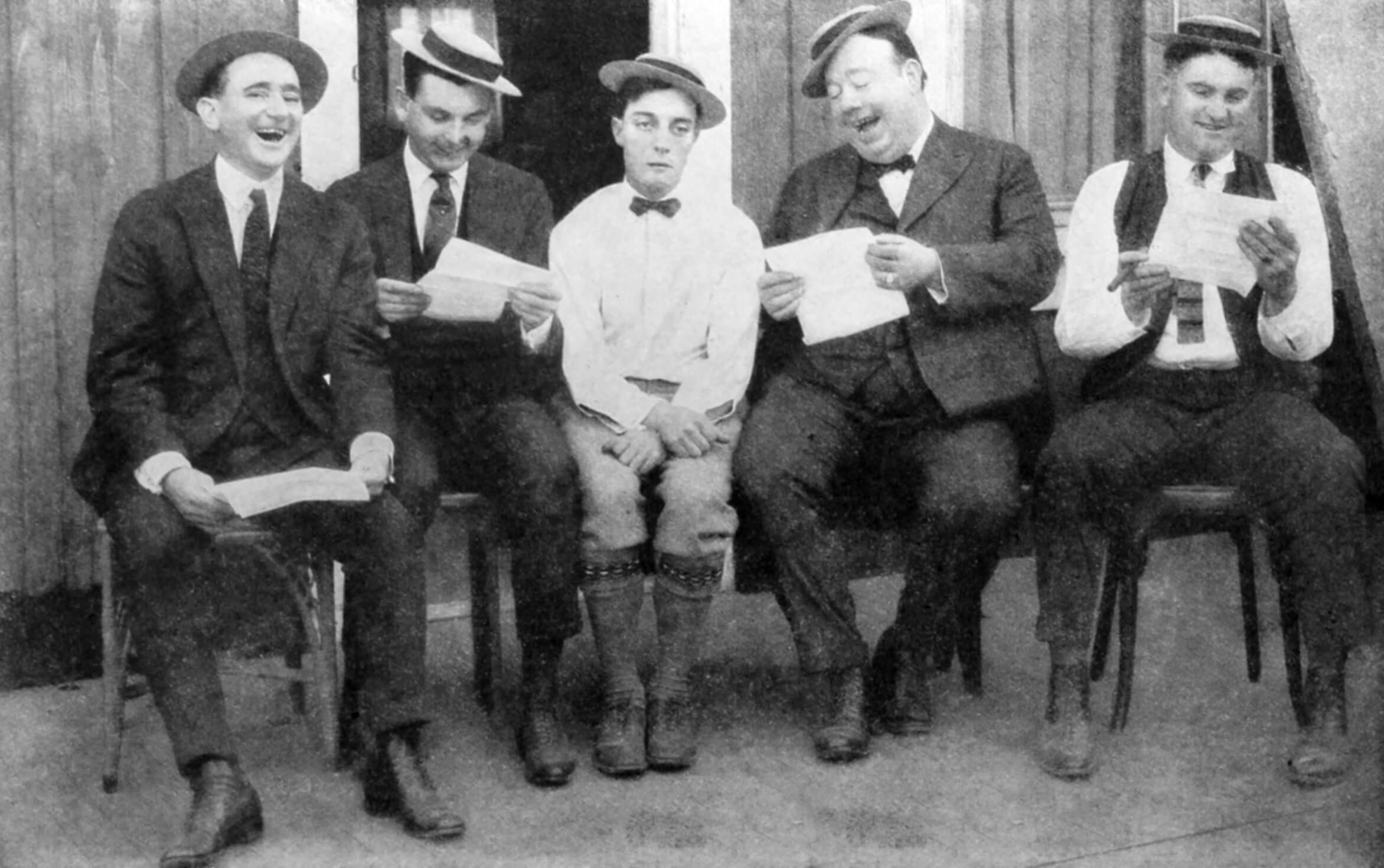How Group Rituals Enhance Meaning in Work
This is one of our free-to-access content pieces. To gain access to all Ideas for Leaders content please Log In Here or if you are not already a Subscriber then Subscribe Here.

Performing group rituals in the workplace can make tasks and work more meaningful for employees, according to research built on a series of diverse experiments. This empirical research also highlights the positive impact on rituals on employee behaviour and attitudes towards others.
Companies recognize today that helping employees find meaning and purpose in their work will maximize employee satisfaction, motivation, engagement, and performance. The challenge for leaders is how to increase meaning at work.
A team of researchers from five leading U.S. business schools (Virginia Darden, UNC Kenan-Flagler, Berkeley Haas, Chicago Booth, and Harvard) make the case that group rituals in the workplace can render specific tasks and work in general more meaningful. They also suggest that such meaningfulness leads to better “organizational citizenship behaviours”—that is, employee behaviours in which they seek to support and help others.
The first step in the research was developing the attributes or features of group rituals—which needed to be clearly differentiated from group norms. Their efforts led to identifying the following three key features of group rituals:
Through a series of five studies, the researchers then demonstrated the impact of group rituals with these features on meaningfulness of tasks, meaningfulness of work, and organizational citizenship behaviours.
For example, in one experiment, participants wrote about a group activity that engaged in at work, and then answered questions about:
The researchers found that the more participants believed the group activity was ritualistic (based on the three features being present), the more meaningful they found the activity and their job, and the more likely they were to engage in organizational citizenship behaviours.
Further experiments reveals that all three elements of rituals needed to be present for a ritual activity to have a positive effect on work meaningfulness and citizenship behaviours.
In one empirical study, for example, participants read different scenarios describing an employee performing a group ritual followed by a group task. In three of the scenarios, the ritual activity incorporated just one of the three features; the ritual in a fourth scenario incorporated all three features. A majority of participants believed the fourth scenario would more likely inspire the employee to find the ritual meaningful, find his or her work meaningful, and engage in organizational citizenship behaviours. In another study, participants divided into groups of three performed a ritual activity incorporating physical and psychological elements (e.g., tapping shoulders, crinkling paper) before completing a group task (brainstorming the maximum uses of a die). In some groups, participants faced each other during the ritual, thus incorporating the communality feature. In other groups, participants faced away from each other. A subsequent survey of the participants found that those who had faced each other during the ritual found both the ritual and the subsequent group task more meaningful and—relating to organizational citizenship—were more inclined to like and to feel close to the other group members.
This experimental research is valuable to leaders in three important ways:
Group rituals are an integral part of many activities, including sports and religion. Rituals are increasing in the workplace and with good reason. The positive impact and influence of group rituals on outcomes as diverse as meaning at work, employee motivation and group dynamics cannot be overlooked.
Work group rituals enhance the meaning of work. Tami Kim, Ovul Sezer, Juliana Schroeder, Jane Risen, Francesca Gino, Michael I. Norton. Organizational Behavior and Human Decision Processes. (July 2021).
https://www.sciencedirect.com/science/article/abs/pii/S0749597821000637
Further Relevant Resources:
Tami Kim’s profile at University of Virginia Darden School of Business
https://www.darden.virginia.edu/faculty-research/directory/tami-kim
Ovul Sezer’s profile at University of North Carolina Kenan-Flagler Business School
https://www.kenan-flagler.unc.edu/faculty/directory/ovul-sezer/
Juliana Schroeder’s profile at University of California, Berkeley Haas School of Business
https://haas.berkeley.edu/faculty/schroeder-juliana/
Jane Risen’s profile at University of Chicago Booth School of Business
https://www.chicagobooth.edu/faculty/directory/r/jane-l-risen
Francesca Gino’s profile at Harvard Business School
https://www.hbs.edu/faculty/Pages/profile.aspx?facId=271812
Michael I. Norton’s profile at Harvard Business School
https://www.hbs.edu/faculty/Pages/profile.aspx?facId=326229

Ideas for Leaders is a free-to-access site. If you enjoy our content and find it valuable, please consider subscribing to our Developing Leaders Quarterly publication, this presents academic, business and consultant perspectives on leadership issues in a beautifully produced, small volume delivered to your desk four times a year.

For the less than the price of a coffee a week you can read over 650 summaries of research that cost universities over $1 billion to produce.
Use our Ideas to:
Speak to us on how else you can leverage this content to benefit your organization. info@ideasforleaders.com